How to Choose the Best Commercial Meat Packing Machine: The Ultimate Guide to Boost Efficiency and Quality
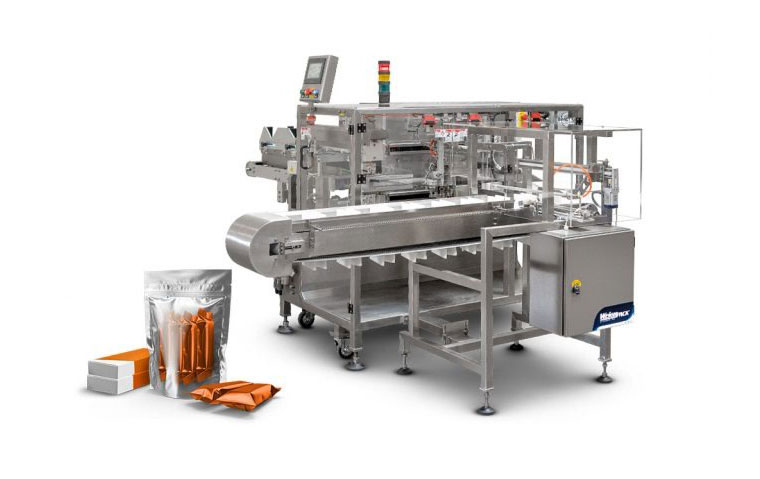
Introduction to Commercial Ground Meat Packaging Machines
What is a Commercial Ground Meat Packaging Machine?
A commercial ground meat packaging machine is an automated system designed to package ground meat efficiently, safely, and with consistency. These machines typically seal meat into pouches or containers, protecting it from contamination and preserving its freshness during transportation and storage. The versatility of these machines is paramount, as they cater to a variety of packaging formats such as vacuum, modified atmosphere, or skin packaging, depending on the product’s needs.
The Role of Packaging Machines in the Meat Industry
In the meat processing industry, packaging machines are the unsung heroes that help ensure the safe delivery of meat products to consumers. By automating the packaging process, they reduce the need for manual labor and improve overall production efficiency. These machines also maintain hygiene standards and extend the shelf life of ground meat by providing proper seals and protective atmospheres around the meat.
Why Packaging Matters for Ground Meat Quality and Freshness
Proper packaging is essential in maintaining the quality of ground meat. The meat’s delicate nature makes it susceptible to contamination, oxidation, and dehydration. An effective packaging system not only protects the meat from these risks but also ensures that it remains fresh longer. With advancements like vacuum sealing, oxygen levels inside the packaging are controlled to prevent spoilage, keeping the meat in top condition until it reaches the consumer.
Key Features of a Commercial Ground Meat Packaging Machine
High-Speed Production and Efficiency
Commercial ground meat packaging machines are designed for high-volume production, handling large batches of meat without compromising quality. Their speed and efficiency are crucial for meat processors who need to meet market demand and maintain a competitive edge. With automated processes, these machines can pack thousands of units per day, significantly reducing labor costs and improving throughput.
Customizable Portion Sizes for Versatility
Whether you're packaging small individual portions or larger bulk packs, commercial packaging machines offer customizable settings to meet the specific needs of your business. This flexibility makes it easier to cater to different customer preferences, from single-serving packages to family-sized portions, ensuring that meat processors can adapt to shifting market demands.
Hygienic Design for Food Safety Compliance
Given the nature of ground meat, cleanliness is paramount. High-quality packaging machines are designed with food safety in mind, using materials that are easy to clean and sanitize. These machines are built to prevent contamination, featuring smooth surfaces, sealed components, and designs that minimize contact with air and bacteria. They comply with stringent food safety regulations, ensuring that ground meat remains uncontaminated throughout the packaging process.
User-Friendly Controls and Automation
Many modern packaging machines come equipped with intuitive, easy-to-operate control systems. These machines often feature touchscreens that allow operators to set parameters such as sealing time, vacuum levels, and packaging material size. Automated features like automatic film loading and cutting make the process even smoother, allowing businesses to run efficiently with minimal oversight.
Durability and Longevity of Machines
Investing in a commercial ground meat packaging machine means investing in durability. These machines are built to withstand the demanding environments of meat processing plants. With robust construction and high-quality materials, they are designed to operate under heavy workloads for extended periods, offering excellent return on investment.
Types of Commercial Ground Meat Packaging Machines
Vacuum Packaging Machines: Sealing Freshness
Vacuum packaging machines remove air from the packaging and create a tight seal around the meat, thereby preventing oxygen from reaching the product. This method helps extend shelf life by slowing down the growth of bacteria and mold. It’s a popular choice for meat processors looking to preserve freshness and maintain the flavor profile of the meat.
Modified Atmosphere Packaging (MAP) Machines
MAP machines use a mixture of gases—such as nitrogen and carbon dioxide—to replace the oxygen inside the packaging. This method is ideal for maintaining the quality and shelf life of ground meat, as it slows down spoilage without compromising the appearance or taste. MAP packaging also helps reduce freezer burn, making it an attractive option for both fresh and frozen products.
Skin Packaging Machines for Meat Products
Skin packaging involves placing the meat on a tray and sealing a thin plastic film around it to create a tight "skin." This form of packaging is commonly used for premium meat cuts, providing a visually appealing presentation. It also offers excellent protection against contamination and extends the shelf life of the product.
Horizontal vs. Vertical Packaging Machines
When choosing a packaging machine, businesses must decide between horizontal and vertical machines. Horizontal packaging machines are typically used for products with flat or irregular shapes, while vertical machines are better suited for packaging ground meat in pouches or bags. The choice depends on the type of product, the available space, and the packaging speed required.
The Best Machines for High-Volume Meat Processing
For large-scale operations, high-speed machines with enhanced automation features are essential. These machines are capable of packing large volumes of ground meat quickly and with precision. They are designed to reduce downtime and minimize waste, making them perfect for meat processors handling substantial daily outputs.
How a Commercial Ground Meat Packaging Machine Works
The Packaging Process: Step-by-Step Overview
The process begins with the ground meat being fed into the packaging machine. The machine then shapes the product into the desired portion size and places it into a packaging container or film. Next, air is either vacuumed out (for vacuum packaging) or a modified atmosphere is introduced (for MAP). Finally, the machine seals the package tightly, ensuring no air or contaminants can enter.
How the Machine Prepares and Seals the Meat
The sealing process is critical in maintaining the integrity of the meat. The machine uses heat and pressure to create an airtight seal, which ensures that the meat is properly protected. For vacuum packaging, the machine removes air from the package before sealing it, reducing the risk of oxidation and spoilage.
The Importance of Proper Vacuum Sealing for Freshness
Vacuum sealing is one of the most effective ways to preserve the freshness of ground meat. By removing oxygen from the packaging, the growth of aerobic bacteria is inhibited, which helps keep the meat fresh for longer. This technique also prevents freezer burn, making vacuum-sealed meat ideal for freezing.
Integration with Meat Processing Lines
A well-integrated packaging machine works seamlessly with existing meat processing lines. Whether it’s inline with grinders, mixers, or slicers, packaging machines can be connected to minimize handling and maximize throughput. Integration ensures a smooth transition from production to packaging, enhancing overall efficiency.
Factors to Consider When Choosing a Commercial Ground Meat Packaging Machine
Production Capacity and Speed
When selecting a packaging machine, consider the production rate required for your business. The machine should be capable of handling your desired output without compromising quality or speed. Larger facilities may require machines capable of packaging thousands of units per hour.
Packaging Material Compatibility
Different types of meat and packaging requirements may necessitate specific materials. Ensure that the packaging machine you choose is compatible with the films and trays that suit your product's needs. Packaging material options include vacuum bags, barrier films, and trays with tamper-evident seals.
Space and Footprint Requirements
Before purchasing a commercial ground meat packaging machine, assess the space available in your production area. Larger machines may require more floor space, and certain models may need additional room for material storage, film rolls, and other components.
Maintenance and Support Services
Reliable after-sales support and easy maintenance are essential for keeping packaging machines in optimal working condition. Consider a supplier that offers comprehensive service packages, including routine maintenance, repair services, and parts replacement.
Power Consumption and Energy Efficiency
In a high-volume meat processing environment, power consumption can add up quickly. Choose a packaging machine that balances performance with energy efficiency. Many modern machines come with energy-saving features that reduce power usage during idle times, helping to keep operating costs down.
Budget Considerations for Meat Processors
The cost of a commercial ground meat packaging machine is a significant investment. However, it’s important to consider the long-term savings in labor costs, product waste reduction, and improved shelf life when evaluating the cost-effectiveness of the machine.
Benefits of Using a Commercial Ground Meat Packaging Machine
Extended Shelf Life for Ground Meat
One of the most important benefits of using packaging machines is the extended shelf life they offer. Whether through vacuum sealing, MAP, or skin packaging, the meat’s freshness is preserved for much longer than it would be with traditional packaging methods.
Consistent Packaging Quality
Commercial packaging machines offer unparalleled consistency in packaging quality. Each package is sealed with precision, ensuring uniformity in portion size and packaging appearance. This consistency is vital for both branding and customer satisfaction.
Reduced Labor Costs and Increased Efficiency
By automating the packaging process, businesses can significantly reduce labor costs. Employees no longer need to manually package meat products, which saves time and reduces human error. Additionally, automation increases overall efficiency, allowing for faster packaging speeds.
Enhanced Customer Experience with Premium Packaging
Well-packaged meat products often provide a higher perceived value to consumers. Attractive, secure packaging helps build trust in the product’s quality and safety, leading to a better customer experience. For premium cuts or special meat products, high-quality packaging can be a major selling point.
The Environmental Impact of Efficient Packaging
Efficient packaging not only saves resources but also helps reduce waste. By using precise material amounts and minimizing the risk of damage during transportation, modern packaging machines contribute to a more sustainable approach to meat production. Some machines even use recyclable or biodegradable packaging materials, further reducing their environmental impact.
Top Brands and Models of Commercial Ground Meat Packaging Machines
Leading Manufacturers in the Market
Several top manufacturers are known for producing high-quality commercial ground meat packaging machines, including companies like Multivac, ULMA, and Bosch Packaging Technology. These manufacturers have built a reputation for innovation and reliability in the packaging sector.
Feature Comparison of Popular Models
When selecting a packaging machine, it's essential to compare key features such as speed, automation level, and customization options. Look for models that offer high versatility, robust hygiene features, and compatibility with different types of packaging materials.
Case Studies of Successful Implementations
Many successful meat processing businesses have implemented commercial ground meat packaging machines to improve their operations. These case studies highlight how businesses benefit from improved efficiency, product quality, and cost savings.
FAQs: Everything You Need to Know About Commercial Ground Meat Packaging Machines
1. What are the key benefits of using a commercial ground meat packaging machine?
Commercial ground meat packaging machines offer numerous benefits, including extended shelf life, reduced labor costs, improved efficiency, and enhanced product presentation. These machines ensure a consistent packaging process, which leads to fewer errors and better product quality, ultimately improving your bottom line.
2. How do vacuum packaging machines help preserve ground meat?
Vacuum packaging machines remove air from the packaging and create an airtight seal around the meat, which helps preserve its freshness. By reducing oxygen levels inside the package, these machines slow down spoilage, prevent freezer burn, and extend the meat’s shelf life.
3. What is Modified Atmosphere Packaging (MAP) and how does it work?
Modified Atmosphere Packaging (MAP) involves replacing the air inside the packaging with a mix of gases, typically nitrogen and carbon dioxide. This controlled atmosphere helps reduce the growth of bacteria, mold, and other microorganisms, ensuring the meat stays fresh longer without the use of preservatives.
4. Are commercial ground meat packaging machines easy to operate?
Most modern packaging machines are equipped with user-friendly controls, including touchscreens and automated settings. With simple interfaces, even operators with minimal experience can quickly learn how to operate the machine, adjusting settings such as sealing time and vacuum pressure as needed.
5. How often should I perform maintenance on my packaging machine?
Regular maintenance is crucial for keeping your machine in top working condition. Cleaning and sanitizing should be done daily, especially in food production environments, while more in-depth maintenance tasks (e.g., replacing worn parts, lubricating moving parts) should be done on a monthly or quarterly basis depending on usage.
6. Can I use different packaging materials with my machine?
Yes, most commercial ground meat packaging machines are designed to work with a variety of packaging materials, including vacuum bags, barrier films, and trays. However, it’s important to ensure that the machine you choose is compatible with the specific materials you plan to use.
7. What should I consider when choosing the right packaging machine for my business?
When selecting a commercial ground meat packaging machine, consider factors like production capacity, speed, space requirements, and compatibility with your existing production line. You should also factor in the type of packaging material you want to use and whether the machine offers the features necessary to meet your specific needs, such as vacuum sealing or MAP.
8. How can I integrate a packaging machine into my existing production line?
Integrating a commercial ground meat packaging machine into your production line involves evaluating your current setup and determining how the new machine will work in conjunction with other equipment. Many packaging machines offer flexible configurations and can be adapted to fit different production processes. Ensure proper staff training to ensure a smooth transition.
9. What are the main differences between horizontal and vertical packaging machines?
Horizontal packaging machines are ideal for flat or irregularly shaped products, while vertical machines are better suited for items that need to be packaged in pouches or bags. The choice between horizontal and vertical machines depends on the size and type of the product you’re packaging, as well as your space constraints and packaging speed requirements.
10. How do I ensure food safety compliance with my packaging machine?
To ensure your machine complies with food safety regulations, choose models that are designed with hygienic features such as smooth surfaces, easy-to-clean components, and materials that are safe for food contact. Additionally, ensure the machine meets the relevant industry standards (e.g., FDA, USDA) for meat packaging, and regularly maintain the equipment to prevent contamination.
11. What are the energy consumption concerns with commercial ground meat packaging machines?
Energy efficiency is an important consideration for meat processors, especially for large-scale operations. Modern packaging machines are designed to be energy-efficient, with features like automatic power-saving modes when the machine is not in use. Look for machines with energy-saving capabilities to reduce operational costs.
12. Are there eco-friendly packaging options available for ground meat?
Yes, many commercial ground meat packaging machines now offer eco-friendly packaging options. For example, some machines use biodegradable films or recyclable materials to reduce environmental impact. Additionally, advanced machines are designed to minimize packaging waste by using precise amounts of material during the sealing process.
13. How can I troubleshoot common issues with my packaging machine?
Common packaging machine issues include poor vacuum seals, jammed packaging material, and inconsistent sealing. Troubleshooting typically involves checking for blockages, inspecting the sealing elements, and ensuring that the machine settings are properly calibrated. Regular maintenance and cleaning can help prevent most issues before they arise.
14. What is the typical lifespan of a commercial ground meat packaging machine?
The lifespan of a commercial ground meat packaging machine depends on factors such as usage frequency, maintenance, and quality of the machine. With proper care and regular maintenance, these machines can last for many years, often exceeding 10 years of reliable service.
15. How can a packaging machine help reduce labor costs in my operation?
By automating the packaging process, a commercial ground meat packaging machine reduces the need for manual labor, allowing workers to focus on other critical tasks. This leads to cost savings through reduced staffing requirements, fewer errors, and faster production speeds.
16. Can commercial ground meat packaging machines handle both small and large batches?
Yes, many packaging machines are designed to handle both small and large batches of ground meat. The flexibility of these machines allows meat processors to easily switch between different portion sizes and packaging formats, making them suitable for a range of production volumes.
Conclusion: Choosing the Right Commercial Ground Meat Packaging Machine
Key Takeaways
When selecting a commercial ground meat packaging machine, prioritize factors such as production capacity, packaging material compatibility, ease of use, and energy efficiency. A reliable machine can help streamline your packaging process, reduce waste, and improve overall product quality.
How to Get Started with Your Packaging Solution
Start by identifying your business’s specific packaging needs. Research different packaging machines and consult with suppliers to find the best fit for your operation. Once you’ve selected a machine, ensure proper integration with your existing production line and provide staff training for smooth operation.
Long-Term Benefits of Investing in a Quality Packaging Machine
Investing in a high-quality packaging machine offers long-term benefits, including increased operational efficiency, reduced costs, and enhanced product quality. By automating the packaging process, businesses can achieve better results and stay competitive in the ever-evolving meat processing industry.
Must-Read Blogs For Chain Restaurants Owner








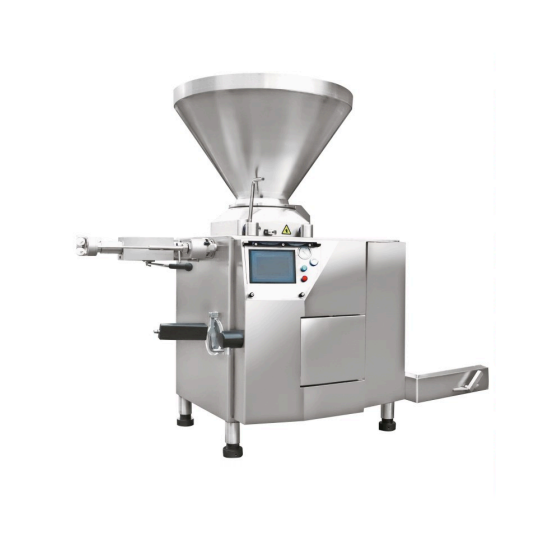
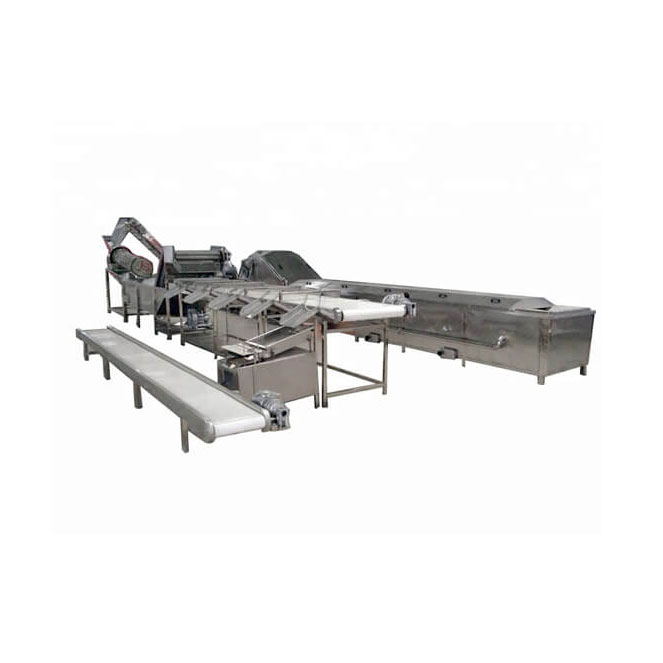
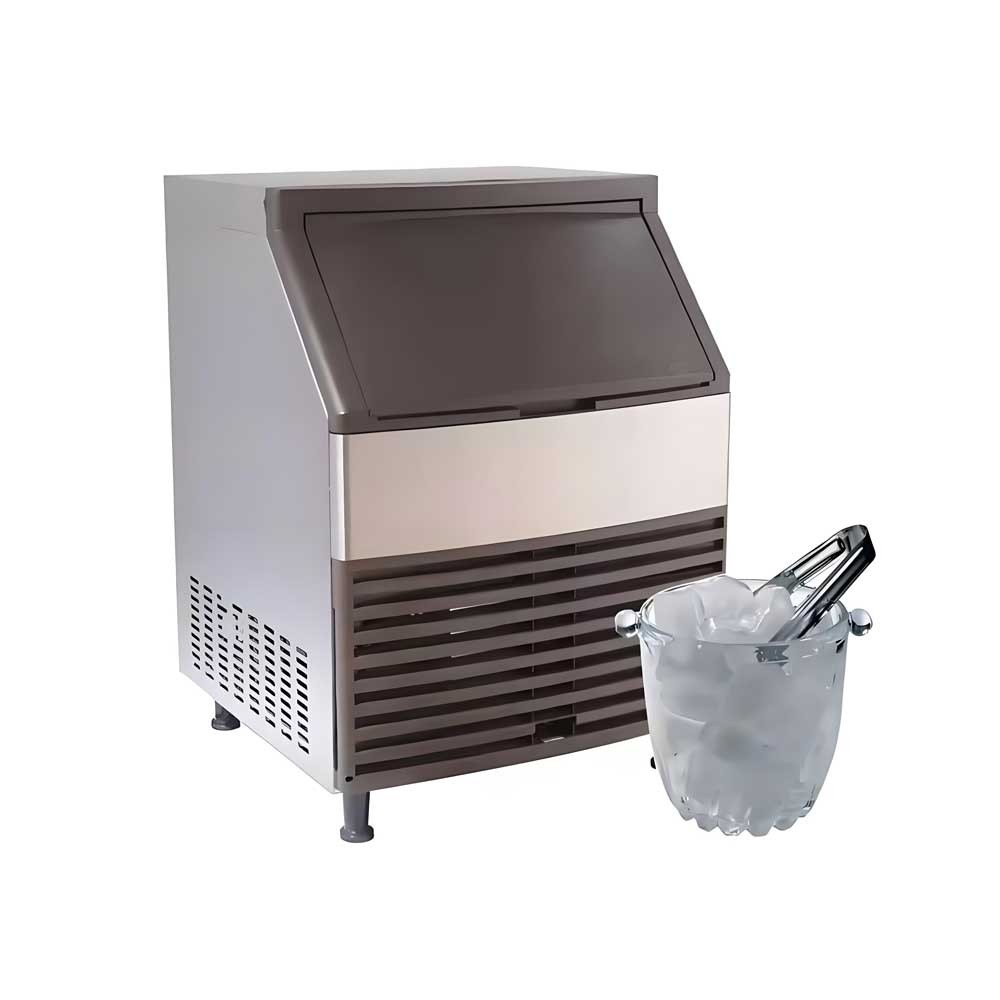
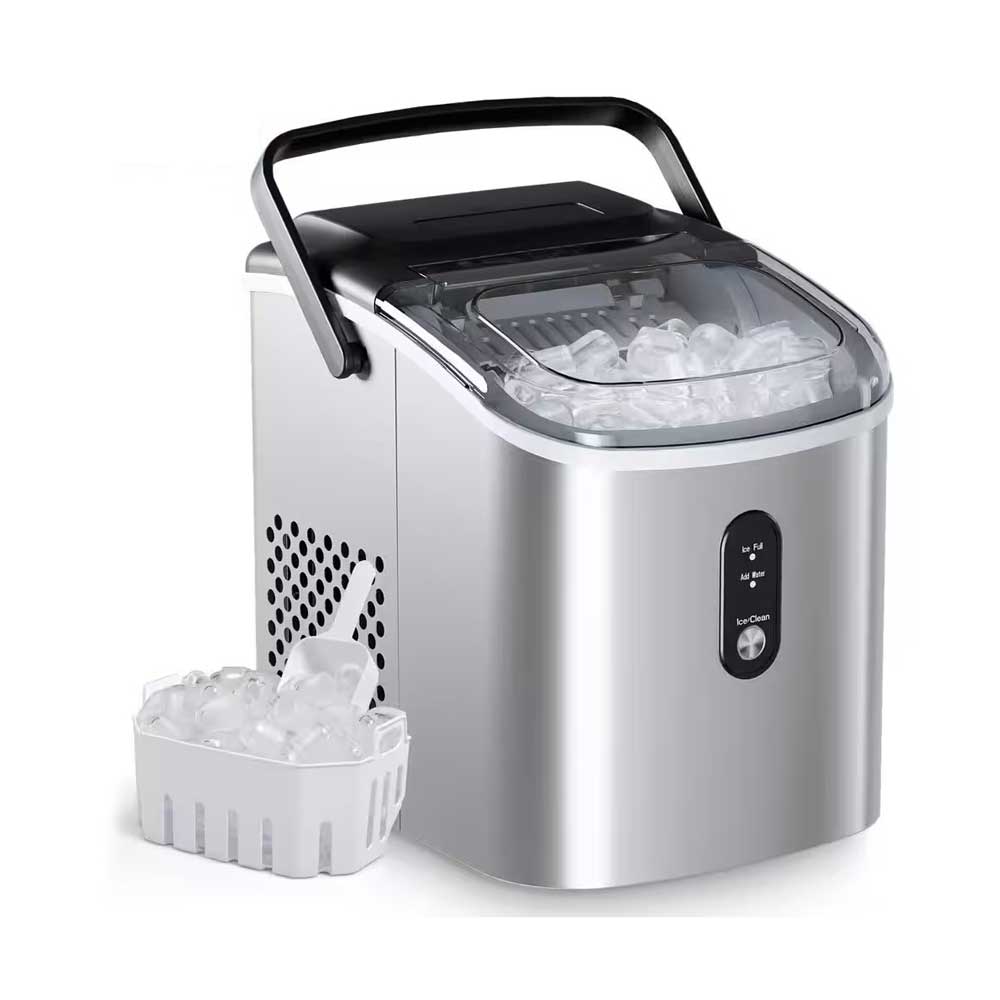 Portable Flake Ice Machine
Portable Flake Ice Machine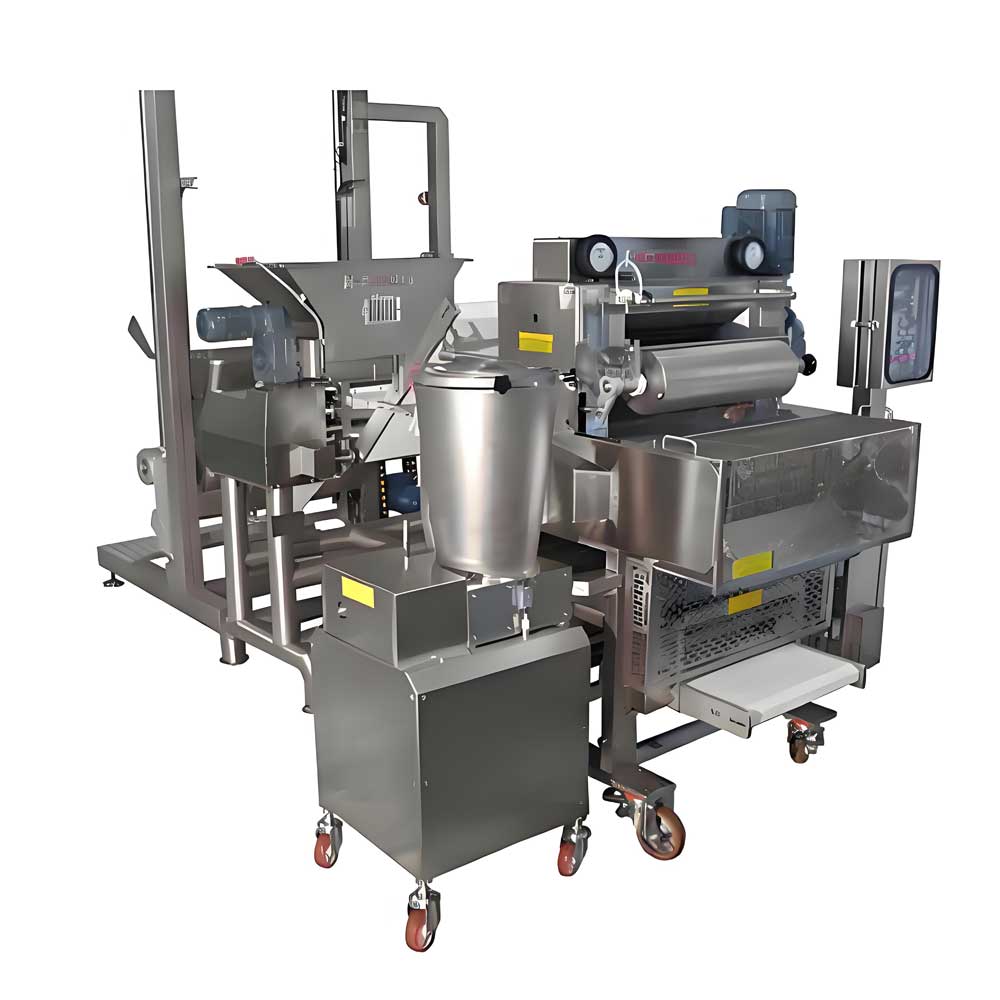 Pelmeni Making Machine
Pelmeni Making Machine
Ready to Get Started?